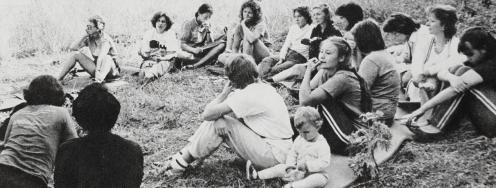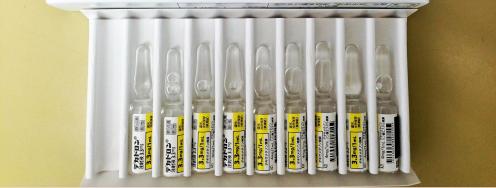Getting to 1,000 Weapons with Russia
The Council on Foreign Relations (CFR), with support from Ploughshares Fund, released a Special Report by Micah Zenko outlining the pathway towards deeper reductions in both country's nuclear arsenals.
Zenko's report looks beyond the implementation of the New START treaty, which, once ratified by the Senate, will limit the U.S. and Russia to 1,550 deployed strategic nuclear weapons. The report argues that it would be both politically and strategically advantageous for both countries to further reduce the number of operationally deployed nuclear warheads to 1,000 - including covering both strategic and tactical weapons.
Zenko argues that such reductions would allow the U.S. to maintain a credible "nuclear triad" of land-, sea-, and air-based delivery vehicles but also help to bolster support for American nuclear security and nonproliferation initiatives. By decreasing the number of weapons vulnerable to diversion or theft the probability of a nuclear terrorist attack would also go down. And lastly, such an agreement would strengthen the Obama administrations U.S.-Russia relations "reset" policy.
It wont be easy. Zenko identified three key challenges to be met going forward:
- Tactical nuclear weapons deployments - Russia has more and would therefore have to make larger cuts.
- Missile defense - the U.S. and Russia must come to an understanding about U.S. missile defense capabilities as both countries' nuclear arsenals reduce.
- Conventional strategic weapons - the two countries must find a way to verifiably eliminate the in the potential danger of one country mistaking a conventional missile for a nuclear one.
Zenko writes, "going forward, bilateral relations must be strong enough to preserve nuclear arms control as an overriding strategic priority, immune to inevitable disagreements between Washington and Moscow over common approaches to other issues."



